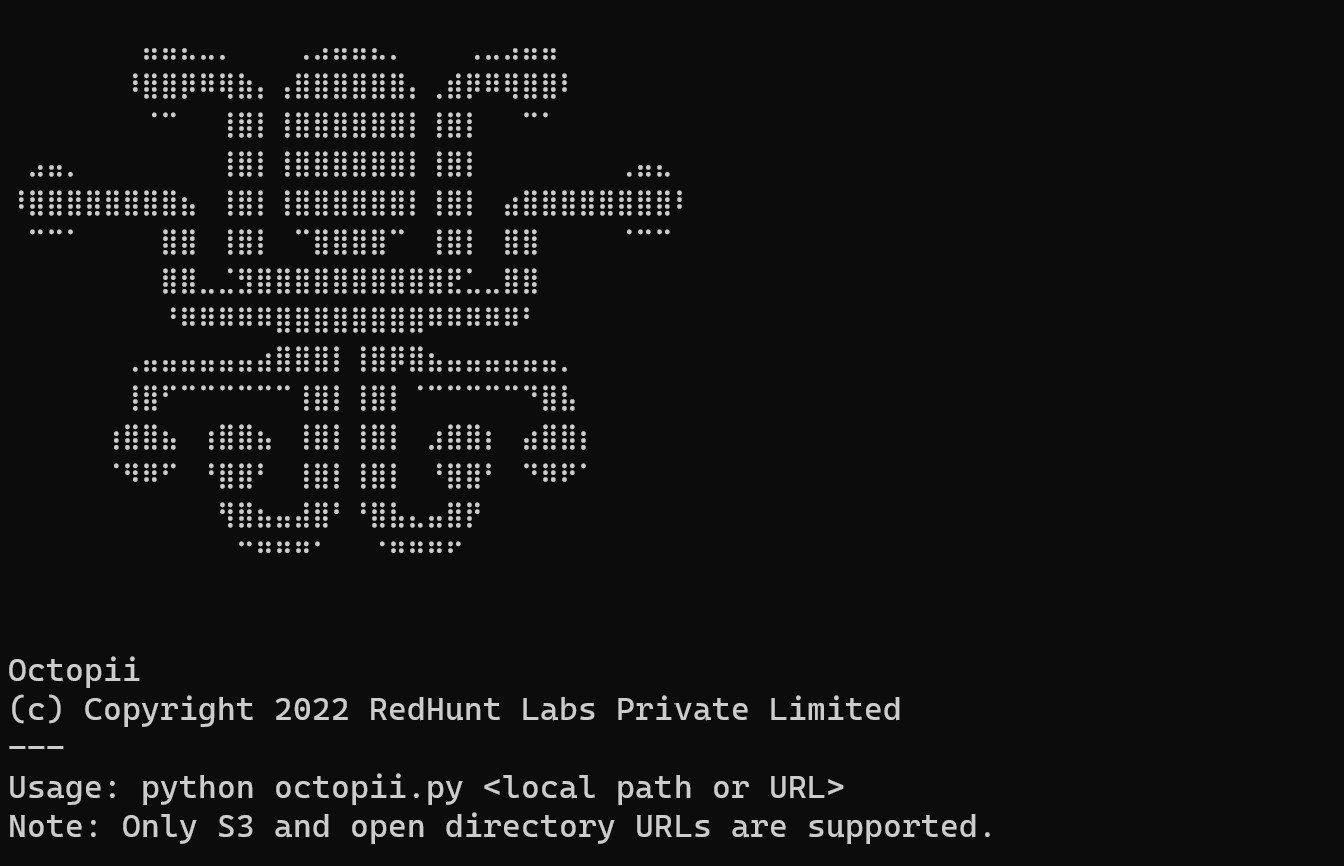Octopii: AI-powered Personal Identifiable Information scanner

Octopii
Octopii is an open-source AI-powered Personal Identifiable Information (PII) scanner that can look for image assets such as Government IDs, passports, photos, and signatures in a directory.

Working
Octopii uses Tesseract’s Optical Character Recognition (OCR) and Keras’ Convolutional Neural Networks (CNN) models to detect various forms of personal identifiable information that may be leaked on a publicly facing location. This is done in the following steps:
1. Importing and cleaning image(s)
The image is imported via OpenCV and Python Imaging Library (PIL) and is cleaned, deskewed, and rotated for scanning.
2. Performing image classification and Optical Character Recognition (OCR)
A directory is looped over and searched for images. These images are scanned for unique features via the image classifier (done by comparing it to a trained model), along with OCR for finding substrings within the image. This may have one of the following outcomes:
-
Best case (score >=90): The image is sent into the image classifier algorithm to be scanned for features such as an ISO/IEC 7810 card specification, colors, location of the text, photos, holograms, etc. If it is successfully classified as a type of PII, OCR is performed on it looking for particular words and strings as a final check. When both of these are confirmed, the result from Octopii is extremely reliable.
-
Average case (score >=50): The image is partially/incorrectly identified by the image classifier algorithm, but an OCR check finds contradicting substrings and reclassifies it.
-
Worst case (score >=0): The image is only identified by the image classifier algorithm but an OCR scan returns no results.
-
Incorrect classification: False positives due to a very small model or OCR list may incorrectly classify PIIs, giving inaccurate results.
As a final verification method, images are scanned for certain strings to verify the accuracy of the model.
The accuracy of the scan can be determined via the confidence scores in output. If all the mentioned conditions are met, a score of 100.0 is returned.
To train the model, data can also be fed into the model_generator.py script, and the newly improved h5 file can be used.
Install & Use
Copyright (c) 2022 Owais Shaikh
Research @ RedHunt Labs Pvt Ltd
Email: owais.shaikh@redhuntlabs.com





